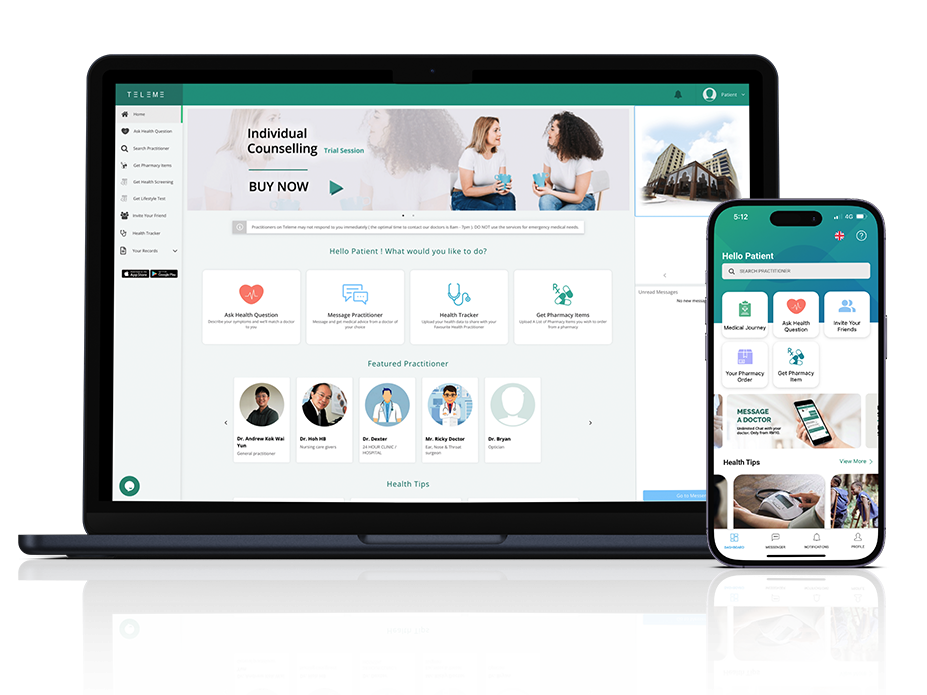
Meal Planning Principles
Most people with diabetes are over concerned about foods containing carbohydrate such as fruits, starches and grains. As such they avoid foods that they like most. This is NOT realistic and NOT enjoyable for them as there is nothing for them to look forward to at meal times! It is difficult for them to keep compliance to such expectations.
A good diabetic meal plan however, is one which can help to BOTH manage your blood glucose at normal levels AND allow you to enjoy your food.
Each meal plan needs to be customized with special consideration for age, activities and health condition. This is because the method that works best for one person may not be suitable for another person. Every plan has to be on trial basis for a short period of time followed by evaluation of blood glucose and adjusted as necessary.
This is best done with a dietician, diabetic educator, nurse or doctor until your diabetic control is stable and you feel confident about looking after your diabetes by yourself.

Click to watch video on 5 Diet Tips for Diabetes by SingHealth
The following are some basic nutrition principles for diabetics
1. Time your meals and snacks properly. DO NOT go for more than 4 hours without eating. This is especially important when you go on a organised holiday tours with limited stops or breaks
2. Get a variety of healthy food choices such as
- Complex carbohydrates such as whole grain bread. Avoid refined foods with hidden sugar
- Fibre,which is found in beans, whole grains, fruits and vegetables
- Lean protein such as chicken (without skin) or fish
- Lots of vegetables especially the green, leafy ones and avoid starchy ones like potato
- A limited amount of heart-healthy fats such as olive, peanut or canola oil, walnuts, almonds and flax seed
3. Keep a food diary so that you can share it with your dietician or doctor when you experience high glucose levels in your blood test. They can help identify any issues with your choice of foods which may have been responsible for your poor control. Follow the Healthy Plate Method and photograph all your meals (on a 9 inch plate) for a whole day to share with your health practitioner.
4. Learn to make lifestyle changes such as exercise (or stopping smoking for the long term) to bring your Body Mass Index (BMI) to a healthy level. (click here). This can help to improve your diabetic control.
Individualised meal planning should include optimisation of food choices to meet Recommended Dietary Allowances (RDAs) / Dietary Reference Intakes (DRIs) for all micronutrients. Invest some time to discuss your condition with your health practitioner because this can help you improve your diabetic control to AVOID diabetic related health complications.
Find and Book your nearest health professional below for Free!
Disclaimer. TELEME blog posts contains general information about health conditions and treatments. It is not intended to be a substitute for professional medical advice, diagnosis or treatment. The information is not advice and should not be treated as such.
If you think you may be suffering from any medical condition, you should seek immediate medical attention from your doctor or other professional healthcare providers. You should never delay seeking medical advice, disregard medical advice, or discontinue medical treatment because of information on this website.








